The pyramids have always aroused the curiosity of the people. Individuals have been intrigued by these enormous and mystical structures continually throughout every level of human evolution. But, although it seems that humans and pyramids have been strangely connected from the early beginnings of the civilizations, the purpose of this colossal buildings today is quite unknown. The true motive why the pyramids were built is lost forever. Maybe their real function was knowingly disguised by the minds who wanted to keep the humanity in perpetual dark age.
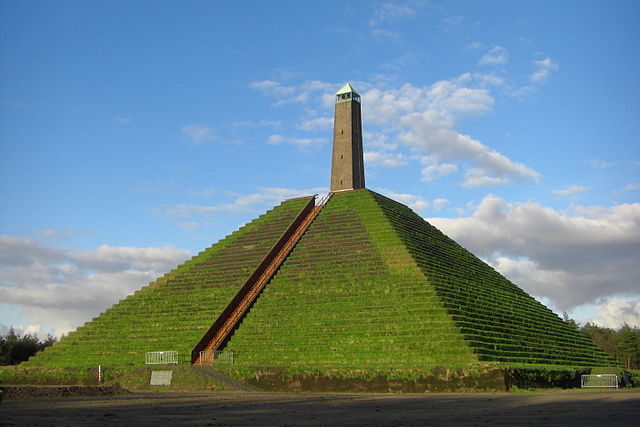
Scientists from prestige universities and independent researchers have argued about the origins of the pyramids. Some of them claim that the pyramids were tombs of the rulers, kings and pharaohs. Others say that the pyramids were ancient energetic devises. There are ideas that the pyramids are mirroring the stars of the night sky projecting the constellations on Earth in mathematical preciseness or that the pyramids were built by aliens. Some pyramids were lost forever many centuries ago under vegetation and neglect and thus became part of the ordinary landscapes.
There have been a few discoveries in recent years that show that several hills are in fact pyramids. For sure, pyramids can be found in the sands of the Sahara desert and in the Amazon forest. There are also pyramids that were built in the “new” times. The date and the purpose why these “new” pyramids were built is widely known and this is also the case with the Pyramid of Austerlitz.
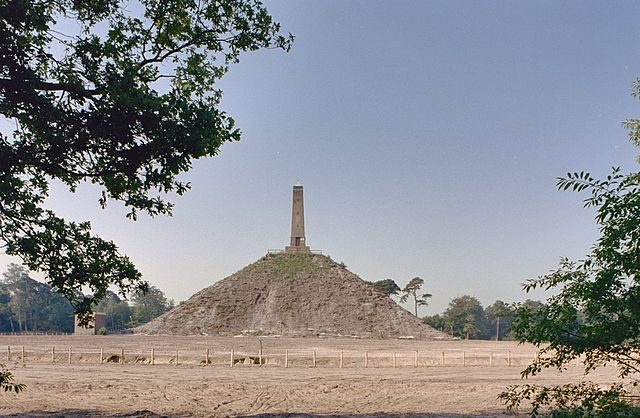
The Pyramid of Austerlitz is located at the highest point of the Utrecht Ridge, in the village of Woudenberg, near the city of Utrecht, in the center of the Netherlands. It was built by Napoleon’s soldiers under the direction of the general of the French army Auguste de Marmont in 1804. When the general was on duty in Egypt he was truly moved by the Egyptian pyramids. This monument was modeled after the pyramid of Khufu and the pyramid of Giza in Egypt. His armed forces were stationed in the area, in the so called “Zeist Camp”. In the early years of the 19th century the Netherlands was controlled by the French. There they were awaiting an invasion from the British army, but it never happened.
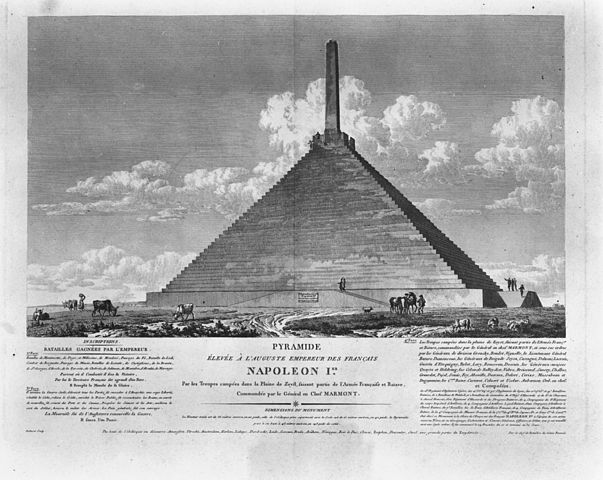
General de Marmont erected this massive monument as a tribute to the life and the victories of his friend and emperor Napoleon Bonaparte. The original memorial building was constructed from sand and earth in just 27 days. The pyramid hill was 118 feet high. At first at the top there was wooden obelisk that was 42 feet high. Auguste de Marmont called the hill “Mont Marmont”. Later he bought the land where the hill was erected.

In the summer of 1805 General de Marmont and his soldiers were transferred to southern Germany where they fought in the famous Battle of Austerlitz (now Slavkov u Brna), when Napoleon definitely triumphed over the Russians and the Austrians.
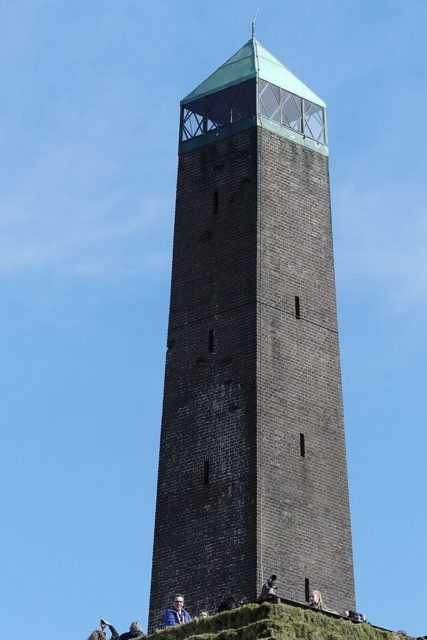
In 1806 the new king of Netherlands, Lous Napoleon renamed the “Mont Marmont” as it is now known “Pyramid of Austerlitz”, in memory of the Battle of Austerlitz. General de Marmont wasn’t happy with this and he wrote a letter to the king to protest.

After leaving the Netherlands in 1805, Auguste de Marmont gave the land where the monument was built and the nearby mansion of Henschoten to three soldiers. They had to keep the pyramid in good condition. But, despite their efforts, the weather and the strong northern winds took its toll and the hill started to erode. In 1894 the current stone obelisk was built which replaced the original wooden one. The pyramid throughout the whole 20th century was in a derelict condition.
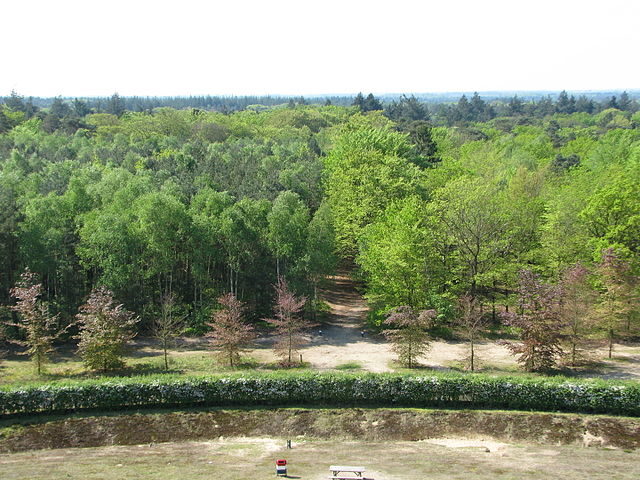
In 2007 the monument was fully restored. In 2012 the mound was also stabilized. The pyramid of Austerlitz is a relic from the time when the Netherlands was under French control. Today it is popular tourist attraction. Visitors can climb the central staircase up to the obelisk and enjoy the panoramic view of the dense forest that surrounds the area, which is known as the heart of the Netherlands.
